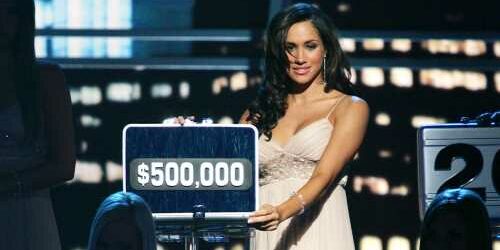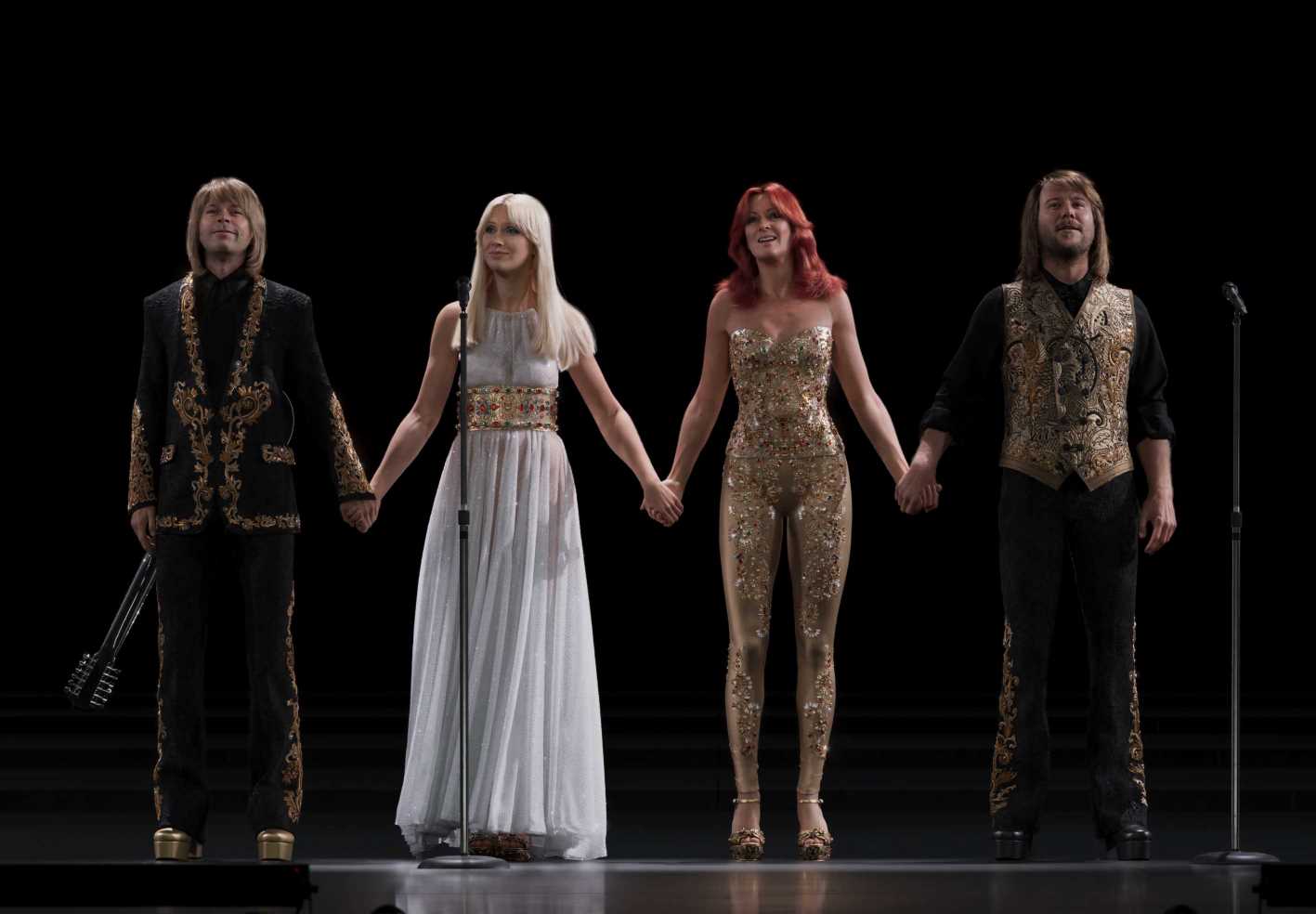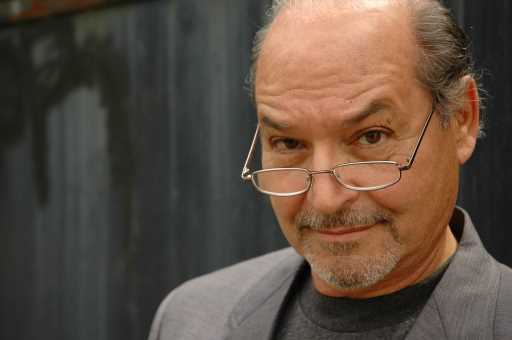One of the bosses behind long-running game show “Deal or No Deal” defended the format after Meghan Markle, the Duchess of Sussex accused the show of “objectifying women.”
Markle spent a year working on the NBC version of the show, hosted by Howie Mandel, as a briefcase model between 2006 and 2007. The role involved opening a briefcase to reveal to the contestant how much money it contained — usually while wearing high heels and a skimpy dress.
Last year, on an episode of her Archetypes podcast titled “Breaking Down the Bimbo,” Markle said she ended up quitting the show after feeling “objectified.” “I was so much more than what was being objectified on the stage,” she said. “I didn’t like feeling forced to be all looks and little substance.”
Now Lucas Green, chief content officer for operations at Banijay, which owns the “Deal or No Deal” format, has told Variety he disagrees with Markle’s assessment but said the company is always “modernizing” the show. “We are constantly evolving the format so that it isn’t the same show it was fifteen plus years ago,” he said.
Green was speaking to Variety following the news the popular show – which has been commissioned in over 80 territories – is returning to Spain after a twelve-year hiatus. Known locally as “¡Allá tú!,” it last aired on Spanish screens in 2008.
Earlier this year it was also revealed the series would be returning to the U.K. after a 7-year break.
Green sat down with Variety to discuss why he disagrees with Markle and why the format – which first premiered in the Netherlands over two decades ago – continues to endure.
Why is “Deal or No Deal” such a popular, enduring format?
“Deal or No Deal” is a highly adaptable ratings winner, which continues to attract large audiences across wide markets – as shown with the recently re-launched series in Italy. Unlike quiz shows, it has no questions which makes it more cost effective, and it can be produced in high volume, without compromising quality. Ultimately, this format is unique and simple, with great storytelling at its heart, which is why it works both as an on-demand format that can be binge-watched and a scheduled daily show.

How much does the show change from territory to territory?
“Deal or No Deal” has a strong identity and format DNA; elements we consolidate, strengthen, and ensure aren’t compromised. However, every territory and culture has a different way of showcasing it. In Spain we have the original host returning, but of course there will be some modern twists! For the new U.K. version, we will be welcoming new host Stephen Mulhern. And we recently announced a completely new take on the format with Endemol Shine North America producing “Deal or No Deal Island” for NBC.
While we have a lot of flexibility with respect to the nuances of our formats, we encourage all those we work with to be considerate in the way they bring our shows to life in line with our responsibility as a content powerhouse to set and endorse global ESG [environmental, social and governance] standards.
Do you agree with Meghan Markle’s comments that the “Deal or No Deal” briefcase models were “objectified bimbos”?
No, but we are constantly evolving the format so that it isn’t the same show it was 15+ years ago. A lot of work goes into modernising our formats to ensure they represent our values as a company and wider society. The U.K. version for example, will continue to use members of the public from all walks of life to open the boxes [instead of models].
What are the wider market trends you’re seeing at the moment? (Especially when it comes to the proliferation of returning IP, including “Survivor” and “Gladiators.”)
Game shows are not going anywhere, and we’re seeing significant interest around the globe for these formats. In addition, entertainment and competition reality continue to remain hot commodities; new format “Blow Up” is travelling well and “LEGO Masters” has been ordered by 19 international broadcasters. And, of course, the likes of “Survivor,” “Big Brother” and “MasterChef” continue to thrive, both with healthy long-running versions, as well as new markets and high-profile reboots.
What is the strategy of Banijay’s creative networks division?
We support our producers to achieve best practice and production efficiency. We want them to be inspired by each other and benefit from being amongst a collaborative family of creative innovators.
Pictured above: Meghan Markle appearing in “Deal or No Deal”
Read More About:
Source: Read Full Article


